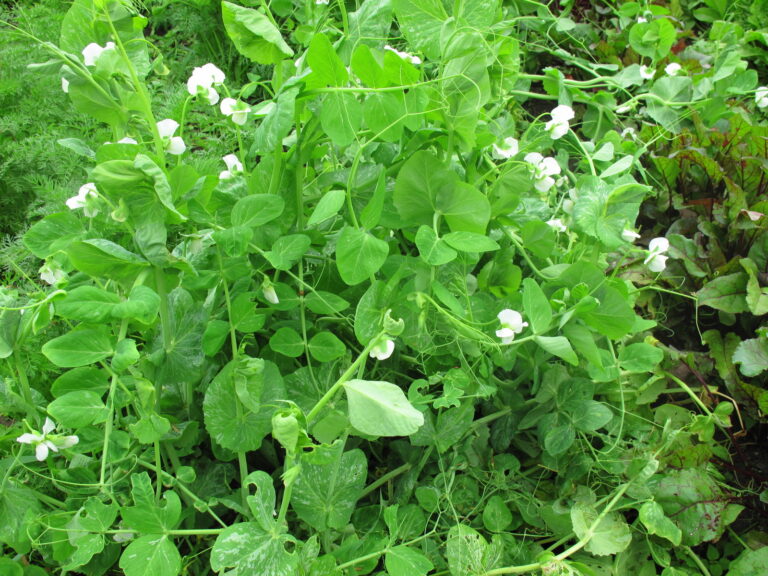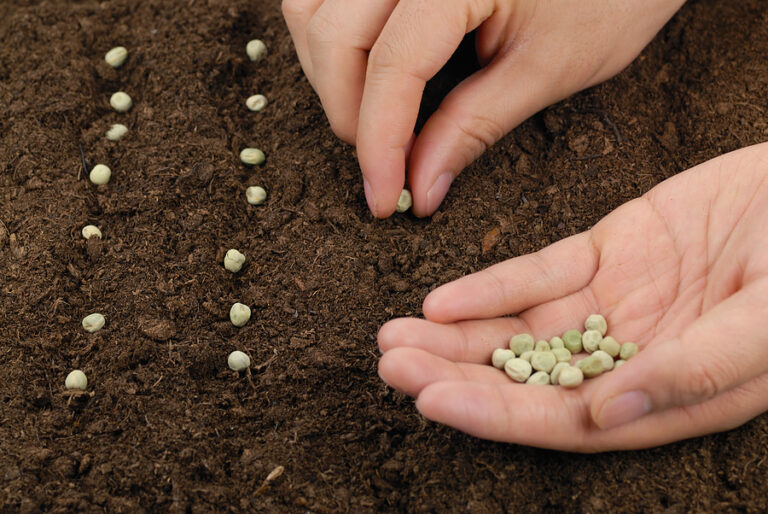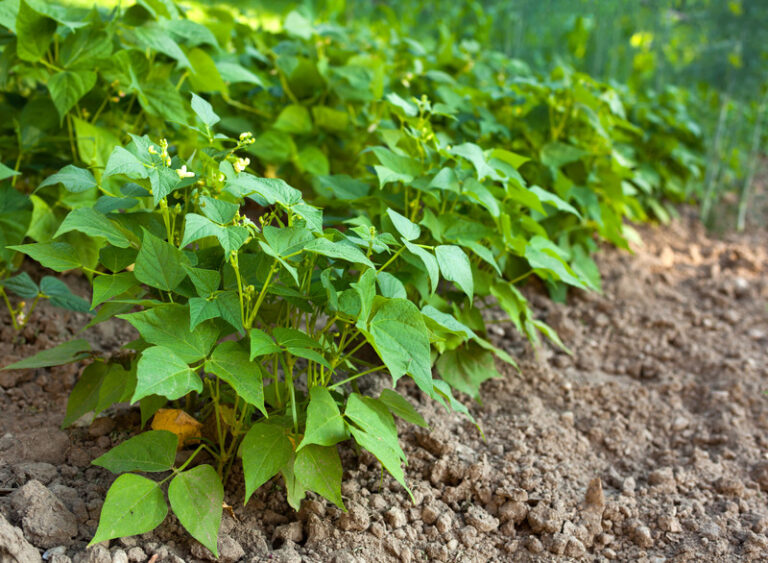Short-Season Chickpeas: Best Varieties and Tips for Cooler Climates
Chickpeas are traditionally grown in warm, dry conditions, but with the right varieties and techniques, gardeners in cooler climates can still enjoy a productive harvest. After decades of growing chickpeas in raised beds and cool Mediterranean-like regions, I’ve learned that choosing short-season varieties and timing planting correctly are key to success. This guide highlights the best short-season chickpeas and practical tips for cooler regions, ensuring reliable yields even with a condensed growing season.
Why Short-Season Chickpeas Matter in Cooler Climates
Chickpeas need 60–120 days to reach maturity depending on variety and conditions. In regions with short springs, cool summers, or early fall frosts, traditional long-season Kabuli types often fail to mature fully. Short-season varieties:
- Mature faster, reducing frost risk
- Flower and set pods in cooler temperatures
- Produce reliable yields even in marginal climates
Best Short-Season Chickpea Varieties
1. Desi Types
- Smaller, darker seeds with rough skin
- Robust, earthy flavor
- Often mature in 70–90 days
- Disease-resistant and tolerant of cool soils
- Examples: ICC 4958, California Green
2. Kabuli Cross Hybrids
- Large, light-colored seeds
- Creamy flavor suitable for hummus and salads
- Short-season hybrids mature in 90–100 days
- Examples: Early White Kabuli, Desi × Kabuli crosses
3. Specialty Early Varieties
- Small, speckled, or black seeds
- Green chickpeas for fresh harvest in 60–70 days
- Compact plants suited to raised beds or containers
Tips for Growing Chickpeas in Cooler Climates
1. Timing Is Critical
- Sow as early as soil can be worked, ideally 2–4 weeks before last expected frost.
- Use row covers to protect seedlings from late frosts.
2. Soil Preparation
- Chickpeas prefer well-drained, moderately fertile soil.
- Raised beds or mounded rows help keep soil warmer and prevent root rot.
3. Watering and Mulching
- Water lightly and consistently during germination.
- Reduce watering during flowering to prevent flower drop.
- Apply a thin mulch layer after plants reach 6 inches for temperature moderation.
4. Spacing and Support
- Space plants 6–8 inches apart to encourage airflow.
- Most short-season varieties are compact and rarely need trellising.
5. Pest and Disease Management
- Keep beds weed-free and monitor for aphids, cutworms, or leaf miners.
- Rotate crops to prevent soil-borne diseases.
Harvesting Short-Season Chickpeas
- Green harvest: 60–70 days for tender pods
- Dried harvest: 90–100 days, once pods and plants turn tan
- Stagger plantings if possible to extend the harvest window
Final Thoughts
Short-season chickpeas make growing this nutritious legume feasible even in cooler climates. By selecting the right varieties, planting early, and carefully managing soil, watering, and spacing, you can enjoy both fresh green pods and fully dried beans. With these tips, cooler-region gardeners can reap the rewards of chickpeas without the challenges of a long growing season.
Chickpea Learning Hub
Start Here / Overview
- Mastering Chickpeas: Planting, Growing, and Harvesting Tips
- How to Plant, Grow, and Harvest Chickpeas (Garbanzo Beans): The Complete Guide
Planning & Planting
- Best Chickpea Varieties to Grow: Kabuli, Desi, Black, and Specialty Types
- Short-Season Chickpeas: Best Varieties and Tips for Cooler Climates
- When to Plant Chickpeas: Temperature, Frost Windows, and a Month-by-Month Calendar
- How to Start Chickpeas From Seed: Indoors, Outdoors, and Spacing Tips
- Can You Grow Chickpeas in Containers? What Works—and What Doesn’t
- Growing Chickpeas in Raised Beds
- Best Companion Plants for Chickpeas (and What to Avoid)
Care & Maintenance
- How to Water and Feed Chickpeas for Maximum Pod Production
- Chickpea Care Guide: Weeding, Mulching, Trellising, and Seasonal Maintenance
Pests, Diseases & Troubleshooting
- Chickpea Pests: Identification, Prevention, and Organic Controls
- Chickpea Diseases and How to Prevent Them: Blight, Mosaic, Anthracnose & More
- Troubleshooting Chickpeas: Why Plants Fail, Don’t Flower, or Don’t Make Pods
Harvesting & Post-Harvest
- Harvesting Chickpeas: Fresh Green Pods vs. Dried Beans
- How to Store and Preserve Chickpeas: Fresh, Dried, Canned, or Frozen
Cooking & Enjoying




